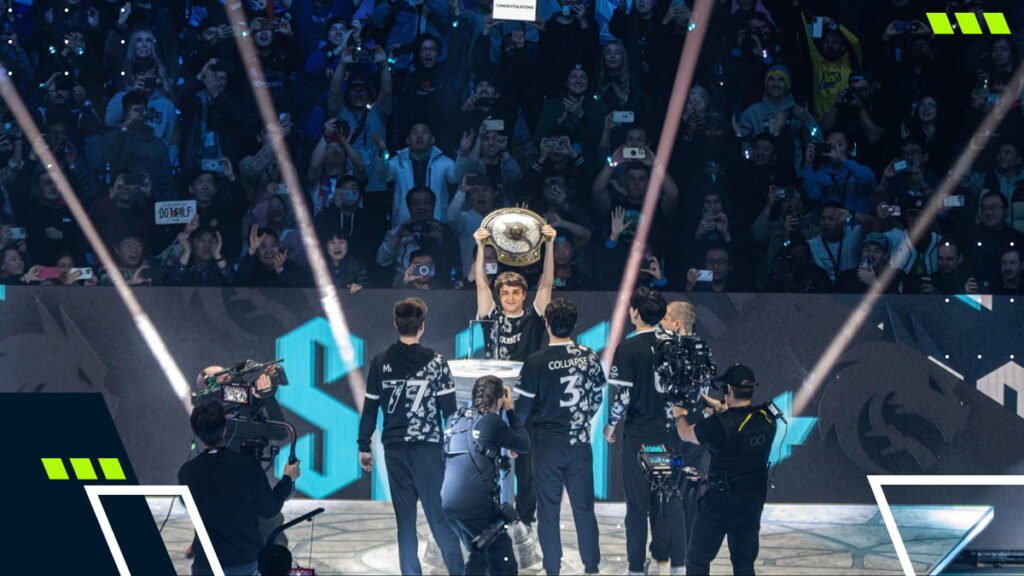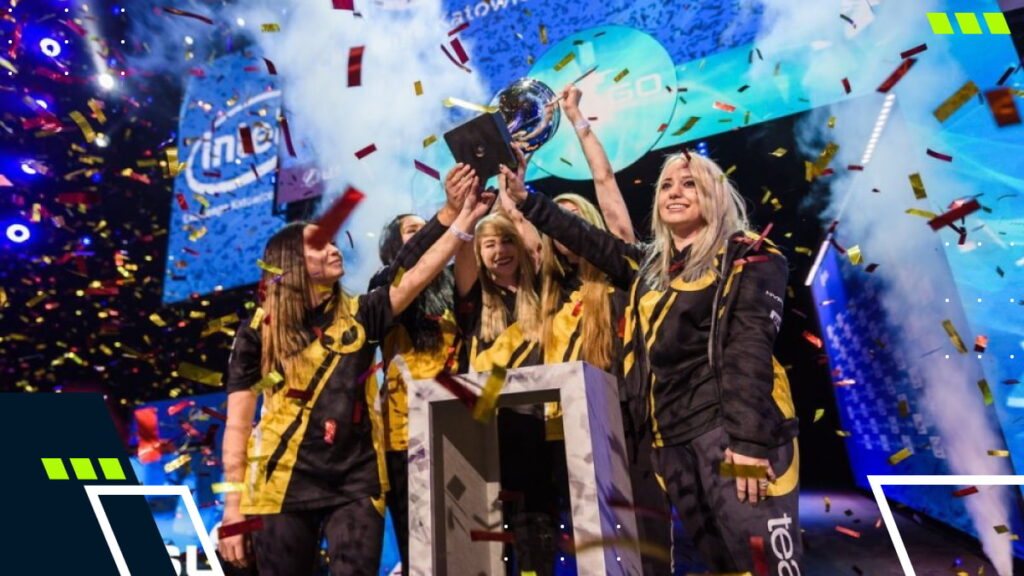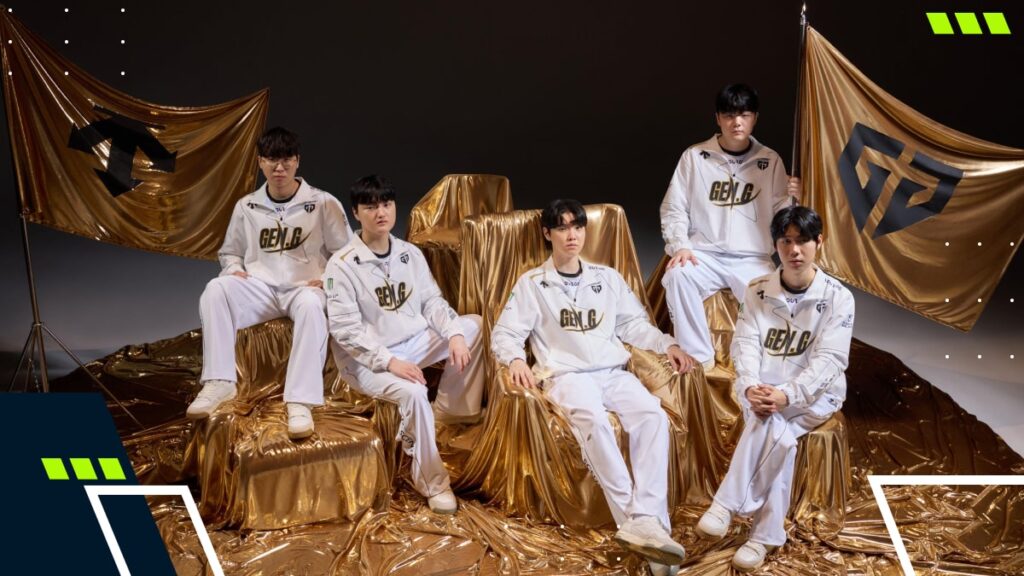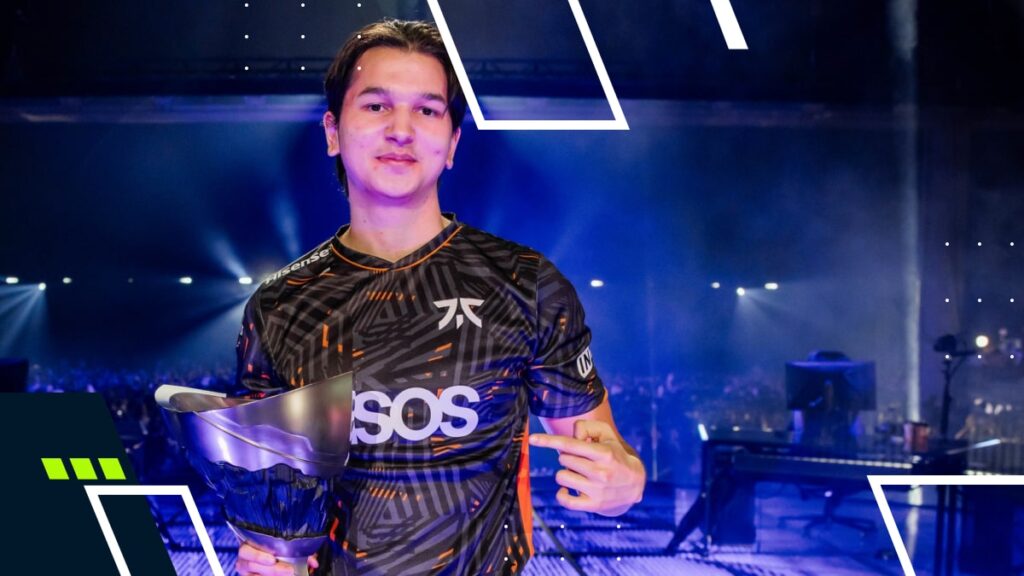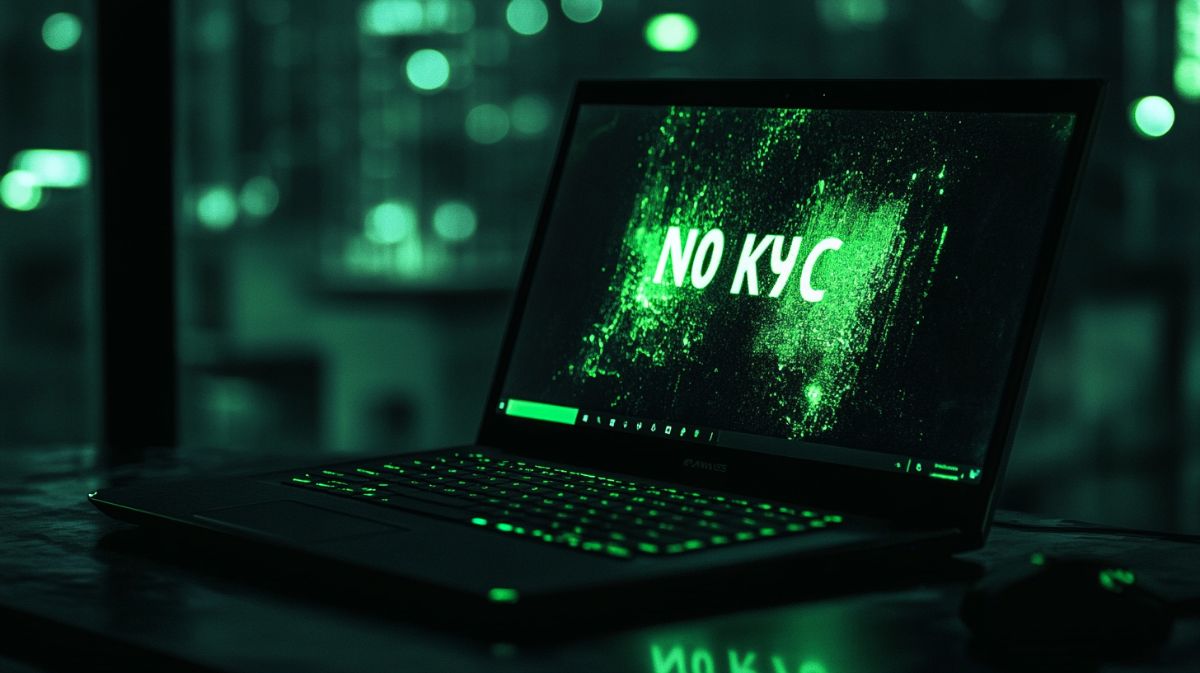Is Faker The GOAT Of Esports?
With Faker lifting the Worlds 2025 trophy in Chengdu, one question is trending again: Is he the greatest esports player of all time? Faker’s GOAT status in League of Legends (LoL) is clear, but this article looks at how he stacks up against other esports giants like s1mple and N0tail.
You’ll get a structured case on what the “greatest” should mean in esports, how Faker’s body of work stacks up, where counterarguments land, and a simple, repeatable scorecard. By the end, you can weigh each factor and decide for yourself who’s the best esports player of all time.

- 1. What Does Being The “Greatest” Mean In Esports?
- 2. Why Cross-Game Debates Are Hard
- 3. Faker’s Case: Career At A Glance
- The Two Faker Eras: 2013–2016 And 2022–2025
- 4. The Field: Cross-Title Greats
- 5. What Are Our Criteria For The Esports GOAT Debate?
- How Faker Scores
- 6. Where Faker Might Fall Short
- 7. The Esports GOAT Debate Verdict
- 8. FAQs
What Does Being The “Greatest” Mean In Esports?
A fair GOAT debate in esports—or any traditional sport, for that matter—needs more than just rings. You look at the world championship-level results, MVP awards, domestic dominance, but also who those triumphs came against. Era strength matters, and format difficulty can raise the bar or make a clean run look even more impressive.
At the heart of the argument, true “greatness” blends performance with influence that extends beyond the game. Adaptability plays a big part, too, like staying relevant through metas, role, and roster changes. That’s all rounded out by impact: cultural pull, leadership skills, and the ability to shape the meta.
That said, we’ll focus on the following criteria to determine if the greatest player in LoL is also the GOAT of esports:
- Results and titles
- Peak dominance window
- Longevity across eras
- Adaptability to patches and rosters
- Impact
Why Cross-Game Debates Are Hard
Comparing players across games isn’t an apples-to-apples comparison. Team-based titles split credit among five players and coaches, while solo circuits pin everything on one set of hands. Most games have their esports scenes shaped by different calendar schedules, seasonal formats, international trophies, and patch cycles.
Some games award multiple majors a year, while others focus on one main event (e.g., The International in Dota 2 or Worlds in LoL). Era and region strength also matter. You might beat titans during a golden generation or dominate when the competition is weak. A fair esports GOAT debate considers all of that.
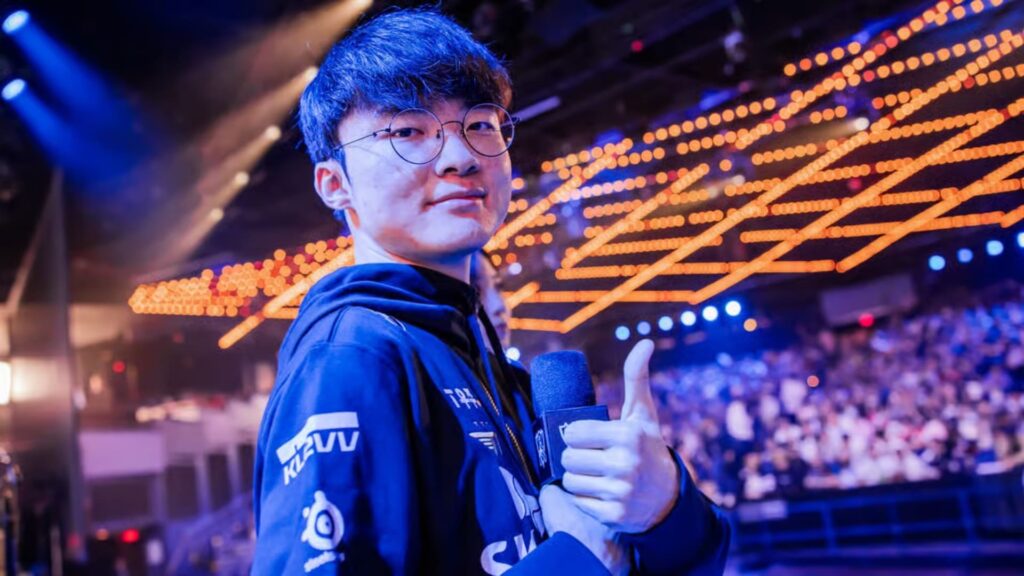
Faker’s Case: Career At A Glance
Faker’s résumé blends record-setting Worlds titles with deep runs at international events and strong LCK relevance. His trophy cabinet isn’t just the story of one era, but instead stretches across multiple team iterations, coaches, and wildly different metas.
His peaks came in waves, from early dynasty years that defined the role of a mechanically gifted mid-laner, to a measured comeback arc with renewed control, and finally to a modern run capped by multiple Finals MVPs. Each phase re-established the ceiling for what defined an elite mid-laner.
Longevity is one of Faker’s greatest strengths in this debate, as he’s been relevant on the scene since 2013. Over the course of a decade, he kept a sizable champion pool and innovated map tactics, while guiding a younger core to glory. When patches forced new strategies, Faker adapted without compromising late-game clarity.
The Two Faker Eras: 2013–2016 And 2022–2025
Two eras shaped Faker’s legacy in LoL. The first was a world-bending rise, and what followed was a measured resurgence. During both of these arcs, Faker has won numerous trophies, including three Worlds titles in each.
- 2013–2016: Peak mechanical skill, tight lane control, major innovations, and set a new standard.
- 2022–2025: Second wind, less flash, more poise and leadership, steady setups, clutch game-five management.
The Field: Cross-Title Greats
Every major esports title has its own GOAT debate. In Counter-Strike, s1mple and dev1ce stack MVPs and era presence. In Dota 2, n0tail and Puppey add leadership and TI pedigree that few can match. Titles like StarCraft shift the lens to pure individual play.
Flash’s Brood War control and Serral’s SC2 run show what domination looks like in a game where one player makes all the decisions. In the FGC, Daigo’s multi-era longevity anchors the conversation.
Some competitive titles like VALORANT are still too young to have a candidate enter the esports GOAT debate.
| Player | Game | Career Span | Longevity Notes | Impact Notes |
|---|---|---|---|---|
| Faker | LoL | 2013–present | Era-spanning relevance | Meta; cultural impact |
| s1mple | CS | 2013–present | Elite for years | MVP density; era presence |
| n0tail | Dota 2 | 2012–present | TI pedigree and captaincy | Team culture; legacy |
| Flash | SC:BW | 2007–present | Circuit dominance | Mechanical standard |
| Daigo | FGC | 1998–present | Active for over 27 years | Genre ambassador |
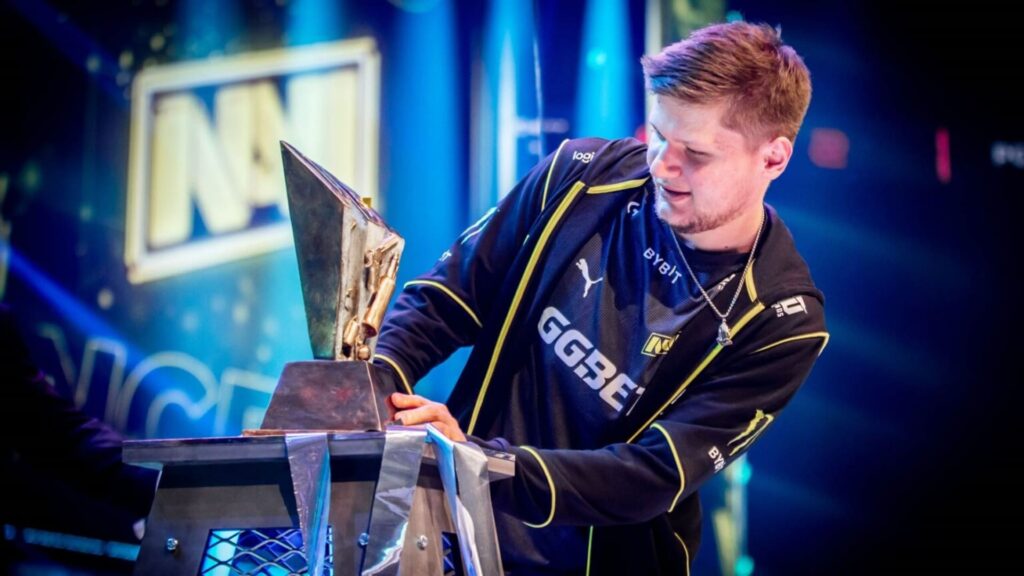
What Are Our Criteria For The Esports GOAT Debate?
Since all the major esports titles are different in many ways, we’ve come up with a simplified model that weighs different aspects of a professional esports player’s career:
- Results (35%)
- Peak (25%)
- Longevity (20%)
- Adaptability (10%)
- Cultural Impact (10%)
How Faker Scores
When it comes to results, Faker is by far the most decorated League of Legends player of all time—there are no arguments here. While he had multiple peaks, it’s safe to say that the 2013–2016 Faker era was the best display of dominance we’ve ever seen.
In the post-2020 era, although he is no longer the mechanical beast he once was, Faker continues to carry his team with leadership and clutch plays. Longevity remains one of his greatest strengths in this debate, considering he has been relevant since his debut in 2013.
Across MOBAs, constant patches tie longevity to adaptation. Faker maintained a steady pace in most metas, shifting styles without compromising clarity. He may not be the best mid-laner in the world right now, but at his peak, he set a new ceiling for the role, and you can still measure new mids against that bar.
| Category | Titles / Years | Notes |
|---|---|---|
| Worlds | 6 (2013, 2015, 2016, 2023, 2024, 2025) | First team three-peat (2023–2025); Worlds Finals MVP awards in 2016 and 2024. |
| MSI | 2 (2016, 2017) | Back-to-back MSI titles; 2016 MSI Finals MVP. |
| LCK | 10 (2013, 2014, 2015, 2016, 2017, 2019, 2020, 2022) | Won multiple LCK splits in 2015 and 2019. |
| Other | IEM 2016, Rift Rivals 2019, EWC 2024 | Multiple team trophies with SKT/T1. |
Where Faker Might Fall Short
If there’s a knock on Faker’s GOAT case, it’s the weaker domestic performance over the last couple of years. T1’s last LCK title came in Spring 2022. Since then, the title has slipped away, mainly due to Gen.G’s dominance.
There is some context you can’t ignore here. Faker missed parts of 2023 due to a hand injury, and many fans feared that he might never fully recover, as had been the case with some other legendary players such as Uzi and PawN.
Despite somewhat weak domestic performances, T1 and Faker consistently manage to reach their peak form around October, just in time for Worlds. In 2025, they had a shaky start, losing to an underdog CFO. In their usual T1 style, they continued to improve and achieved the first Worlds three-peat in LoL history.

The Esports GOAT Debate Verdict
Assessing LoL alone, Faker is significantly ahead of his competition in all five of the GOAT criteria we mentioned. This is something that can’t be said for some other candidates in this debate. In CS, s1mple has a peak, but dev1ce has three more majors.
Dota 2 is even more debatable. While some consider N0tail to be the best Dota 2 player due to his TI wins and prize earnings, others cite Puppey for his longevity, and Yatoro for his peak. On a balanced card—results, peak, longevity, adaptability, impact—Faker ranks #1, or he’s tied for first place for most.
Few players in any title have combined peak and lifespan as well as T1’s legendary mid-laner has. And after winning Worlds 2025 in Chengdu, Faker’s story isn’t closing—it’s still being written. That’s why he’s our esports GOAT.
FAQs
How many Worlds titles does Faker have?
Faker holds the record for most Worlds titles (6): 2013, 2015, 2016, 2023, 2024, and 2025.
Who are the esports GOAT candidates?
The overall esports GOAT debate includes the following candidates: Faker (LoL), s1mple (CS), n0tail/Puppey (Dota 2), Flash (SC), and Daigo (FGC).
When did Faker make his debut in League of Legends?
Faker made his debut on April 6, 2013, at OGN Champions Spring with SK Telecom T1.
Why is Faker the GOAT?
Faker has won the most significant events across multiple eras, adapted to every meta, remained relevant, and showed up when it matters most.
Who is the CS GOAT?
Most CS GOAT debates point to s1mple for his peak level and MVPs, while dev1ce gets the nod for four majors and consistency during the Astralis era. If you’re looking for an old-school pick, NEO is the go-to choice.


